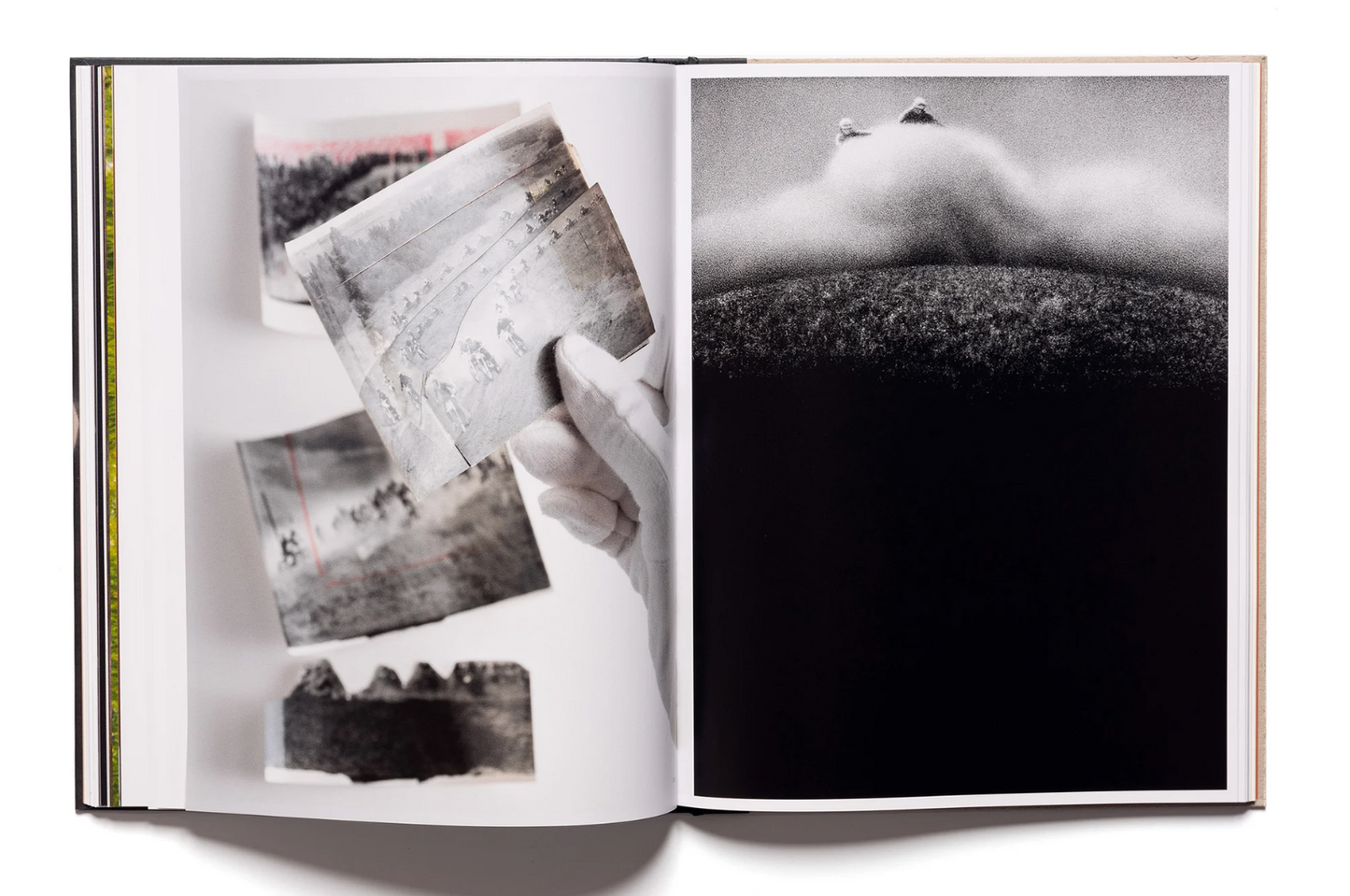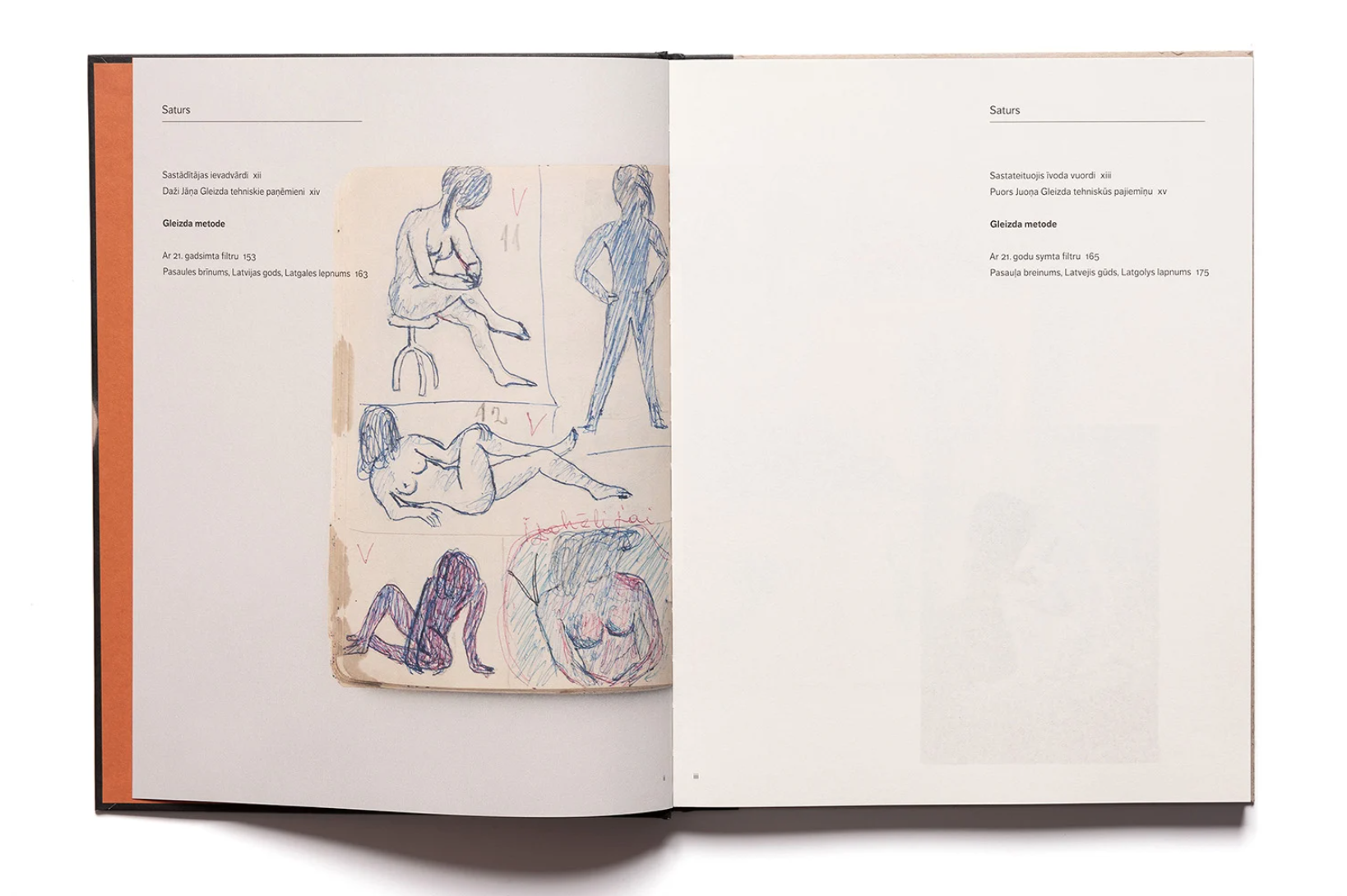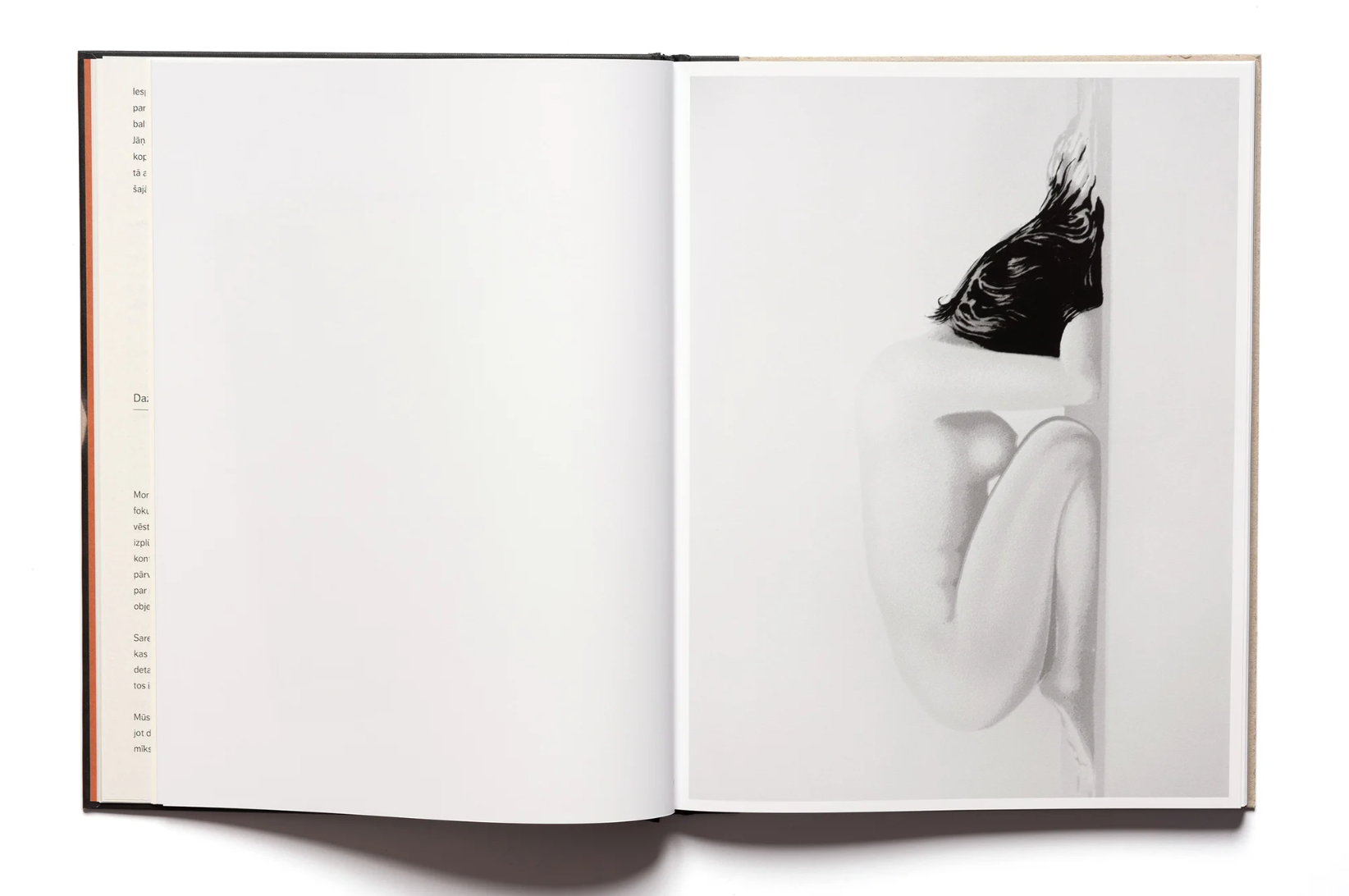Orbīta
Gleizds’ Method
Gleizds’ Method
Couldn't load pickup availability
Jānis Gleizds (1924-2010), the official photographer of the Traumatology and Orthopaedics Institute of Soviet Latvia and a distinguished figure in Photo Club Rīga, crafted skillfully constructed images using a unique “invasive” approach. The photobook "Gleizds’ Method" offers an intriguing portrait of the artist, showcasing his mastery of photography techniques while honoring his inner resilience in overcoming physical limitations. Documented through proof prints, retouched double positives, and collaged negatives, his process reflects the meticulous nature of his work, shaped by his professional experiences.
After suffering frostbite at the age of 24, the photographer lost both of his hands. This life-changing event brought Jānis Gleizds to Riga, where he underwent a series of surgeries, learned to use specially designed tools, became a photographer, and, dedicating his free time to creative photography, mastered sophisticated photographic processes. Jānis Gleizds' most creative period unfolded in the 1960s and 1970s in Riga, a time marked by societal changes amidst the conservative backdrop of the USSR. And “While the European mass culture icon Brigitte Bardot was singing 'Naked in the sun. Completely,' the enchanting nymphs of the Photo Club Rīga were 'becoming one with nature' in meadows, swamps, or snow, challenging Soviet ideology,” notes the sequence editor, Anna Volkova. In the photo club, only black and white photography was considered art; hence, Jānis Gleizds' colour photos did not get displayed in exhibitions. Nonetheless, the photographer continued to experiment with color, playing with light-diffusing prisms and lenses. This publication offers an opportunity to explore the artist’s legacy through some of his colour slides and the photographer's sketches and proof copies of his work.
Title: Gleizda metode
Author: Jānis Gleizds
Editors: Anna Volkova, Vladimirs Svetlovs
Essay's author: Liāna Ivete Žilde
Publisher: Published by “Talka” in collaboration with the Latgale Photographers' Association
Design:
Toms Mrazauskas
Language:
Latvian, Latgalian and English
Size:
230 x 295 mm, 190 pages
Release date: First edition, May 2024
Share


















